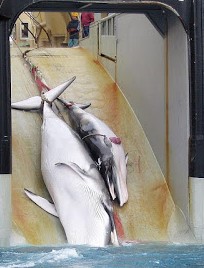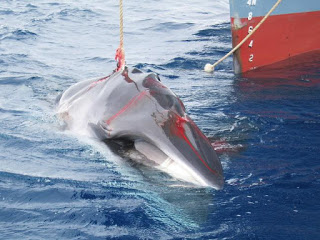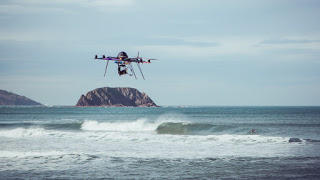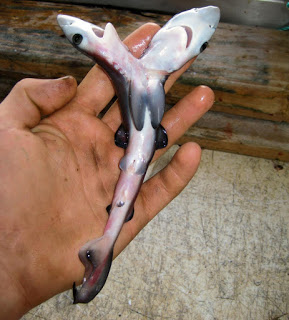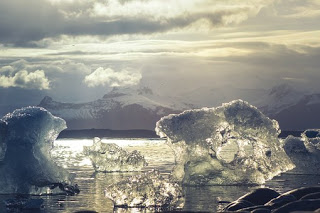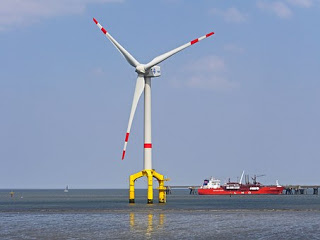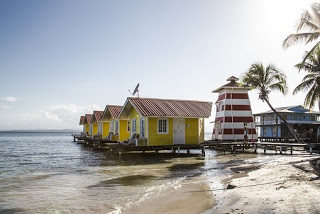1. International Whaling Commission Attendees Discuss Hunting and Sanctuary
Focus at the recent International Whaling Commission (IWC) meeting ranged from discussions about accidental ship strikes, fishing gear ensnarement, hunting, poaching, scientific allowances and the economic evaluation of harvesting vs tourism.
Seventy years ago, the IWC first convened. The international community and a successful global campaign to protect marine mammals has proved successful and today an aboriginal subsistence whaling license is required to hunt whales.
Whaling nations exploit loopholes and continue to harvest whales in large numbers. The recent meeting found representatives from over eighty nations discussing topical issues. Additional pressure was applied to traditional whaling nations; such as Japan, Norway, and Iceland. A proposal was introduced to institute a South Atlantic whale sanctuary.
Click to Read More.
———————————————–
2. A Scientific Review of International Whaling Regulations
Mangel’s studies suggest that the regulations fall short of their intended outcome and suggest modifications that if integrated, could yield better results. Click to Read More.
————————————————-
3. Ocean Drones May Soon Have Their Own WIFI
————————————————-
4. Could Genetic Mutations in Sharks be Due to Over Fishing?
Many marine biologists believe there is an increase in two headed mutations in the open ocean. The implication is that these are caused by indirect consequences of shark overfishing. Click to Read More.
For additional reading, consult the 2011 study “Embryonic Bicephaly in the Blue Shark, Prionace glauca, from the Mexican Pacific Ocean.” Click to Read More.
5. NASA Unveils Online Visualization Focused on Arctic Sea Ice Loss
Three dams built on the Maine’s Penobscot River in 1830, rendered the river uninhabitable for migratory fish species, such as shad, alewives, and blueback herring.
Removal of two of theses dams was completed in 2013. Researchers counted approximately 8,000 shad and 500 Atlantic salmon completing the upstream journey this year. Previously, less than twenty shad had passed through the dams over several decades. Scientists were also surprised to discover a previously unknown population of endangered shortnose sturgeon successfully making the trek upstream. Click to Read More.

